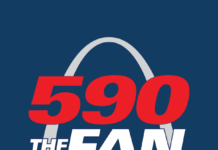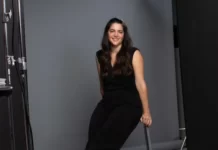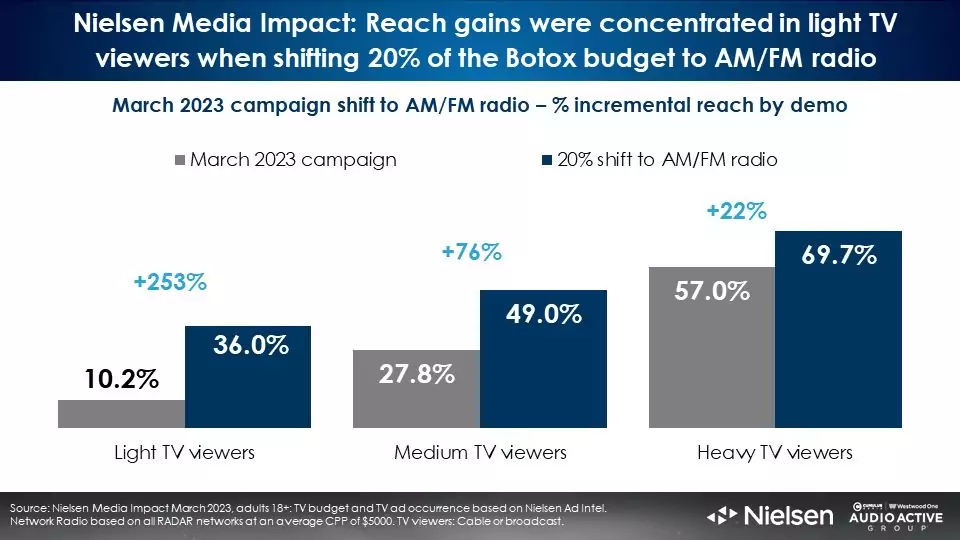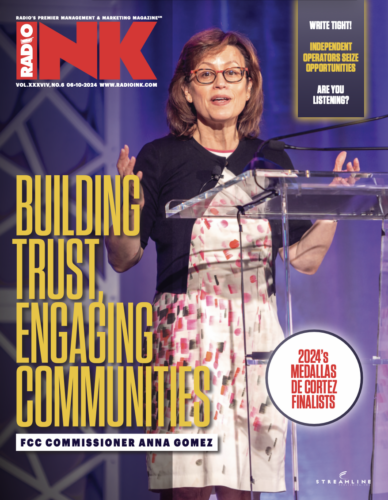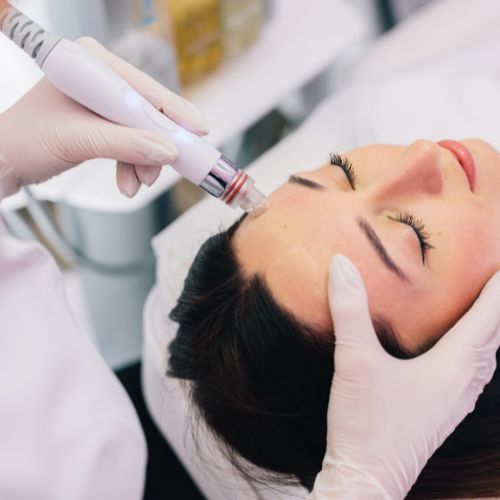
The medical aesthetics market, valued at $15.4 billion in 2023, is expected to grow to $25.9 billion by 2028. In their searches for more market share, well-known aesthetics brands like Botox are tapping into traditional radio and pulling back from TV.
In details are outlined in a Veritone One study, executed by Signal Hill Insights. The data offers an extensive analysis of the facial aesthetics market, particularly focusing on the effectiveness of radio and podcast platforms in reaching potential customers, as explained by the analytics company’s SVP and Managing Director Conor Doyle.
This study involved 1,508 US women aged 18 and over, all with health insurance, pinpointing a substantial market opportunity for non-surgical facial aesthetics. Initial research highlighted the broad acceptance among consumers who view treatments like Botox and Juvéderm as popular and beneficial for self-image and confidence.
The consumer base for facial aesthetics is predominantly younger, with 85% of recent patients and prospective clients falling within the 18-49 age range. This demographic is notably engaged with AM/FM radio and podcasts, more so than with traditional television. Traditional TV advertising now fails to reach younger, crucial demographics effectively, missing up to 93% of individuals aged 18-34.
As such, Botox experienced a 253% lift in reach after shifting just 20% of its television budget to AM/FM in a March 2023 campaign.
For aesthetics brands in particular, heavy AM/FM radio listeners are 41% more likely to be aesthetics patients compared to the national average. Podcast listeners are twice as likely as the national average to be recent aesthetics patients. Given the high engagement of the target audience with audio, the study emphasizes several strategic recommendations.
Target consumers for aesthetics injectables don’t have a majority preference for any one particular format. Buying a diverse range of stations, from Top 40 to Classic Rock, effectively reaches the target audience, with significant penetration among aesthetic prospects and patients.
Those surveyed also enjoyed audio ads as an interactive and community-focused alternative to the often passive experience of television viewing, aligning well with the social and community-oriented nature of the aesthetics market.
As brands in the aesthetic space begin to lean more into traditional radio, these campaigns better align with the media consumption trends of the target demographic while also leveraging radio’s ability to provide targeted, localized, and engaging content with significantly improved ROI.

